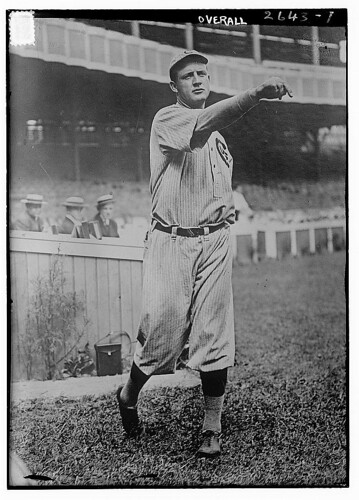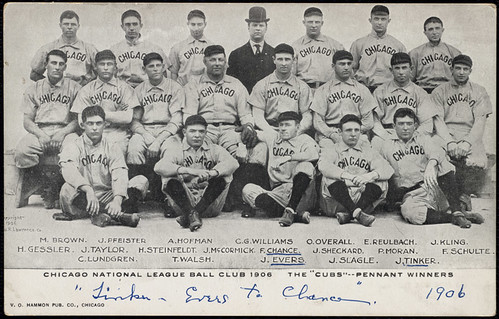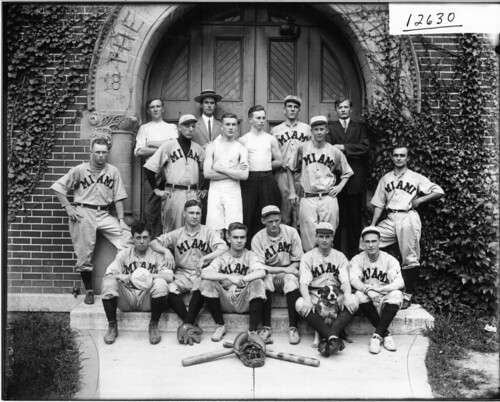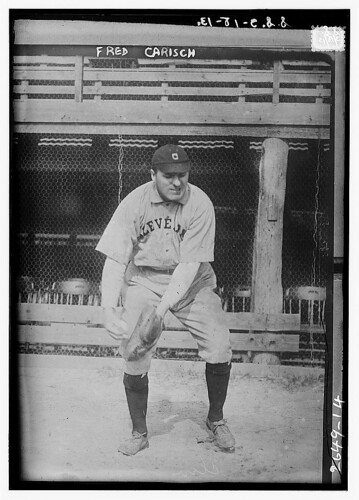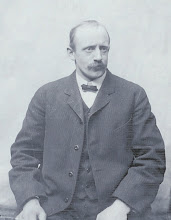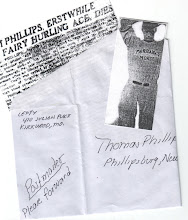 Hunting for long-lost ballplayers before the Internet called for real persistence. Back in 1988, baseball researcher Bill Haber advised me that Jack Smalling's address book no longer had valid information on Fern Bell — if still living, if so where.
Hunting for long-lost ballplayers before the Internet called for real persistence. Back in 1988, baseball researcher Bill Haber advised me that Jack Smalling's address book no longer had valid information on Fern Bell — if still living, if so where.As his last known address was Los Angeles, I was recruited to find out. Trips were made to past addresses, one as close as one mile from my home. Nothing turned up. His schools, Fremont and Jacob Riis, were contacted; fellow researcher Rick Obrand was contacted, as was Joe L. Brown of the Pirates, along with former teammates such as Chuck Stephans and many ball players who attended dinners such as the Professional Ball Players Association, the Second Guessers meeting and so many more. The Post Office where Fern Bell had once worked refused comment. So it went.
Rick Obrand remarked that he had seen in an LA paper that Fern had a daughter. This clue led me to a Los Angeles Times article found and sent to me by Cecilia Rasmussen, who periodically does a great item called "On The Scene" about old LA.
The article stated "Bell Father of Baby Girl," born at San Gabriel Hospital. This information was sent to San Gabriel and a genealogist went to work to find out more from the hospital records on possible names and locations.
The facts found and relayed to Haber were that a baby girl was born to a Jerome Fern Lee Bell. With this information I had a friend check driver licenses in California. A Jerome Fern Lee Bell residing in Palm Desert, Calif., was found, just a few doors down from the home of the friend who located the license information. A questionnaire was given to the friend to deliver.
After a few weeks of no reply, I called Mr. Bell and had a nice conversation and shortly thereafter received his questionnaire.
He told me some great stories but sort of refused an interview. He was always considered a loner by his teammates. His line in the Baseball Encyclopedia states his birth date as Jan. 21, 1913. His questionnaire states Jan. 1, 1918. In 1931, he played for Jackson, Beckley and Memphis; at 13 years of age?
Anyhow, he was a PGA member for many, many years. He taught golf until his death; he was just a short walk from his home to the golf course — that was his life.
Fern, rather Jerome, would have been a very interesting person to have tell his baseball stories — that is if he would have acknowledged such a request.
He wrote a letter to me saying he hadn't kept much from his baseball career and enclosing an article the local paper did after he was found and deluged with requests for autographs.



